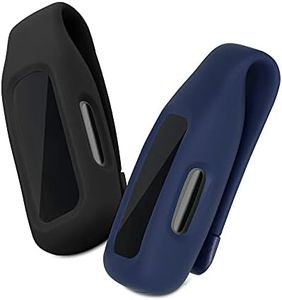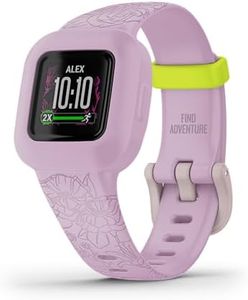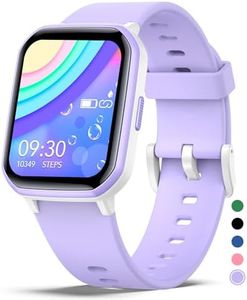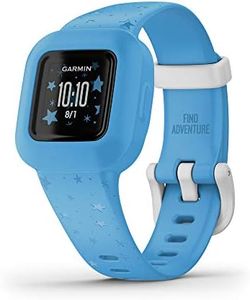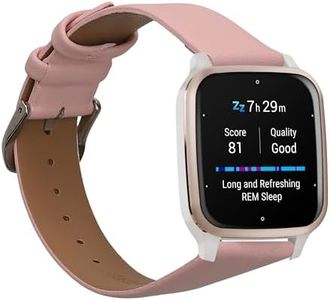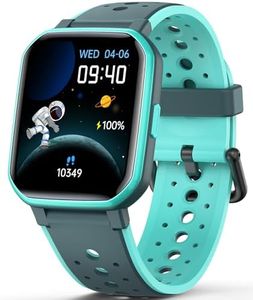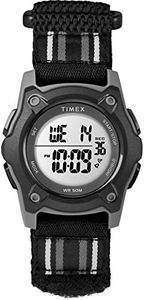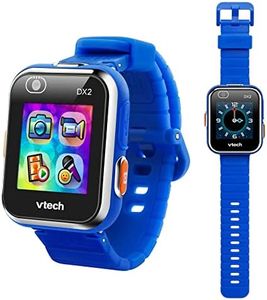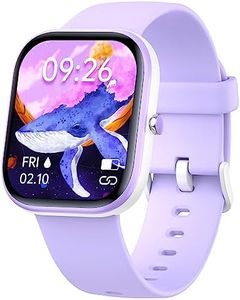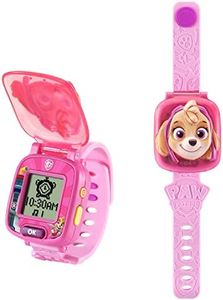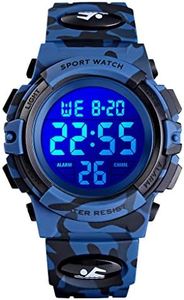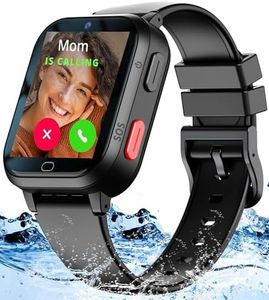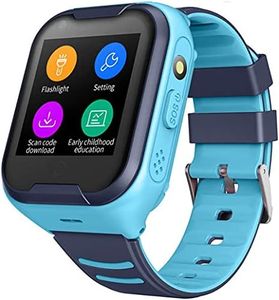We Use CookiesWe use cookies to enhance the security, performance,
functionality and for analytical and promotional activities. By continuing to browse this site you
are agreeing to our privacy policy
10 Best Kids Watches
From leading brands and best sellers available on the web.Buying Guide for the Best Kids Watches
Choosing a kids' watch is about finding the right balance between fun, durability, and useful features. Kids' watches can help children learn to tell time, develop responsibility, and even stay connected with parents. When shopping for a kids' watch, it's important to consider the child's age, interests, and daily activities. Think about whether you want a simple time-telling watch or one with smart features like GPS or games. The right watch should be comfortable, easy to use, and able to withstand the rough and tumble of everyday play.Durability and Build QualityDurability refers to how well the watch can handle drops, bumps, and exposure to water or dirt. This is especially important for kids, who are often active and may not be gentle with their belongings. Watches for younger children should have sturdy cases, scratch-resistant faces, and water resistance. For very young kids, look for watches with soft, flexible bands and simple clasps. For older kids, a tougher build and higher water resistance might be more important, especially if they play sports or swim.
Ease of UseEase of use means how simple it is for a child to read the time and operate the watch. Younger children benefit from watches with large, clear numbers and hands, or digital displays with big digits. Some watches have extra buttons or features, so make sure they are intuitive and not confusing. If your child is just learning to tell time, a basic analog or digital watch is best. For older kids who are comfortable with technology, a watch with more functions can be a good fit.
Features and FunctionsFeatures can range from basic time-telling to alarms, stopwatches, games, GPS tracking, and even calling or messaging. Decide which features are most useful for your child. For very young kids, simple time and maybe a backlight are enough. For school-aged children, alarms and timers can help with routines. For parents who want to keep track of their child's location, GPS and communication features are available in some smartwatches. Choose features that match your child's age, maturity, and your family's needs.
Design and StyleDesign and style refer to the look and feel of the watch, including colors, themes, and size. Kids are more likely to wear a watch that matches their personality or favorite characters. Younger children may prefer bright colors or cartoon designs, while older kids might want something more grown-up or sporty. Make sure the watch is the right size for your child's wrist—too big or too small can be uncomfortable and impractical.
Battery LifeBattery life is how long the watch can run before needing a new battery or a recharge. Simple analog or digital watches often last for months or even years on a single battery, while smartwatches may need to be charged every day or every few days. If your child is young or forgetful, a long-lasting battery is more convenient. For older kids who can remember to charge their devices, a smartwatch with more features might be worth the trade-off.
Safety and PrivacySafety and privacy are especially important for smartwatches that connect to the internet or allow communication. Some watches have parental controls, location tracking, or limited contact lists to keep kids safe. If you choose a watch with these features, make sure you understand how to set them up and monitor your child's usage. For very young children, a basic watch without connectivity is usually safest.
